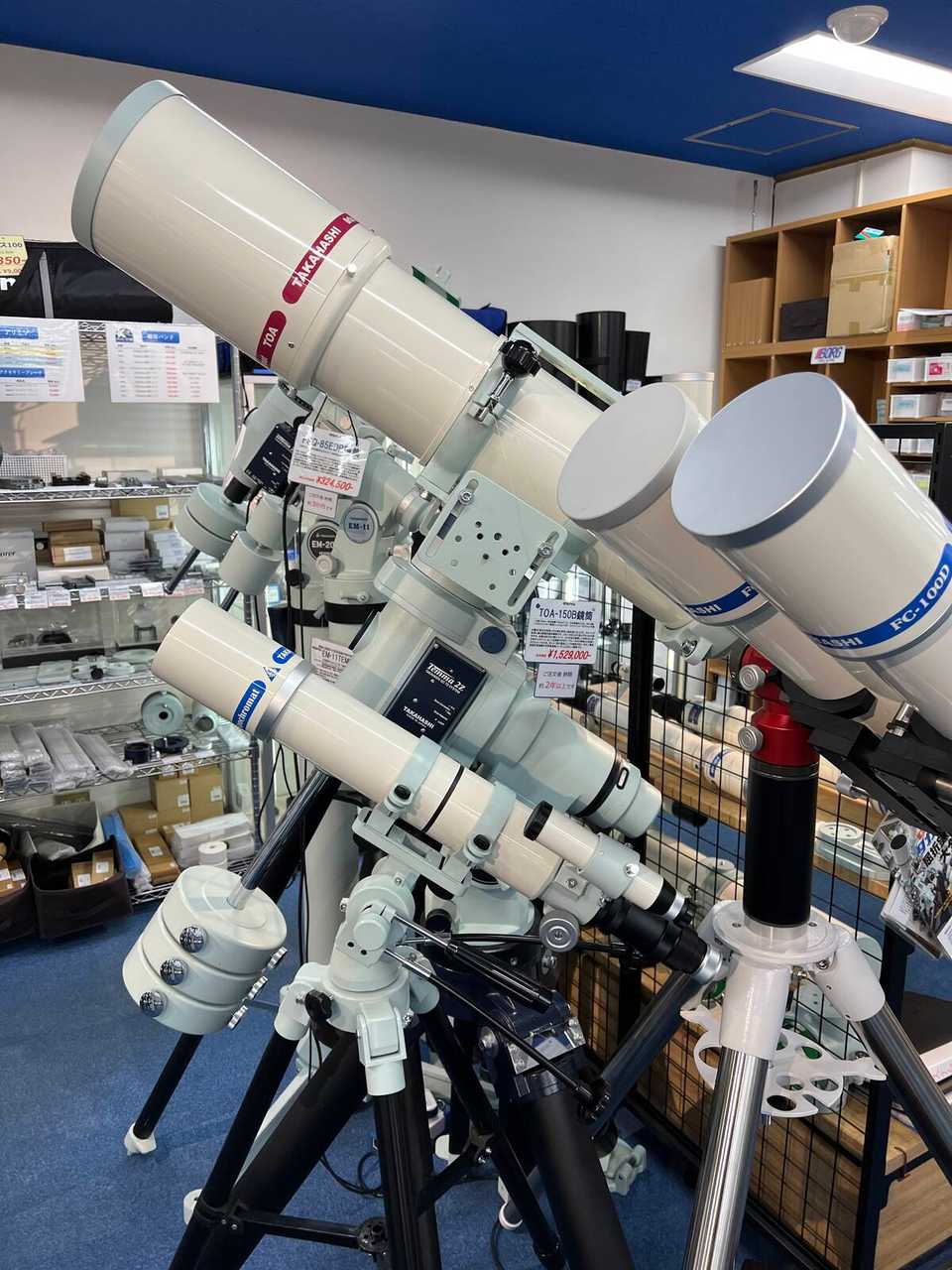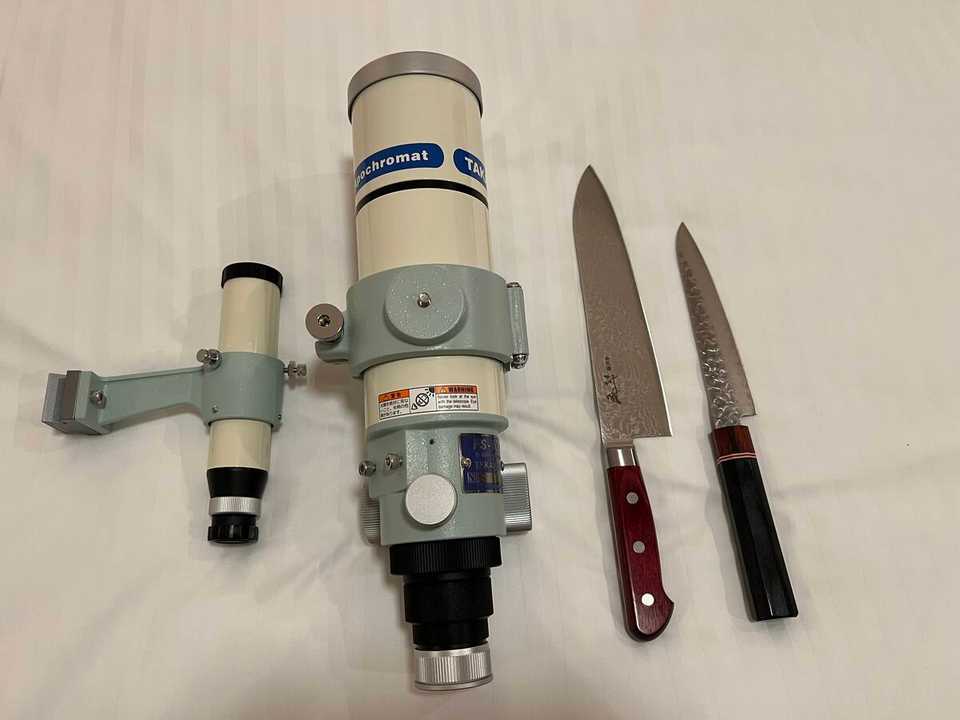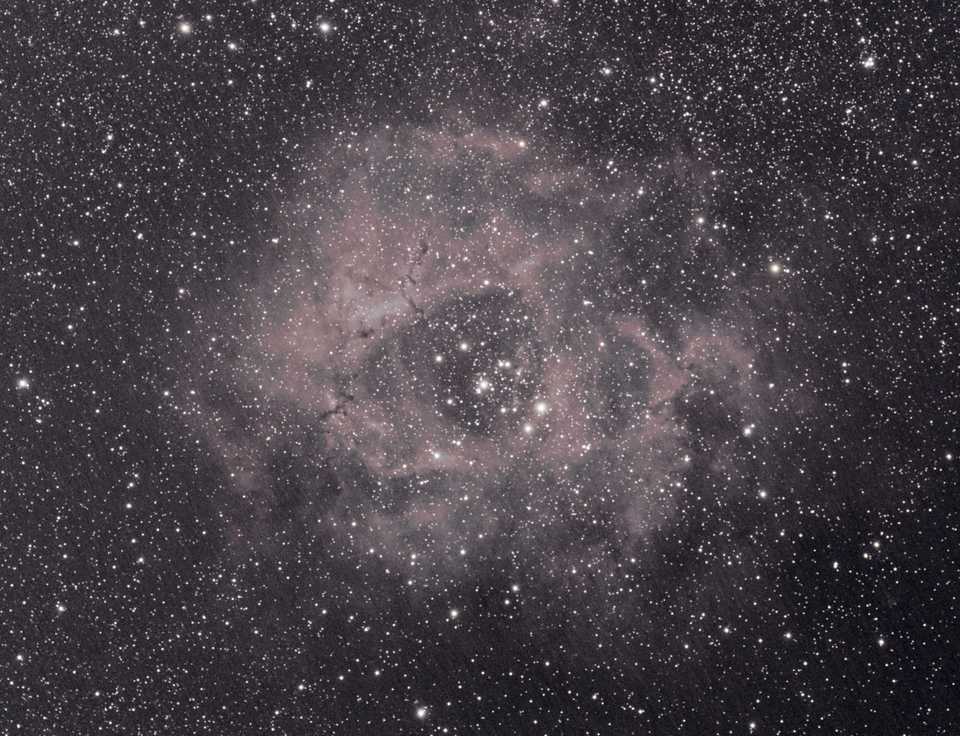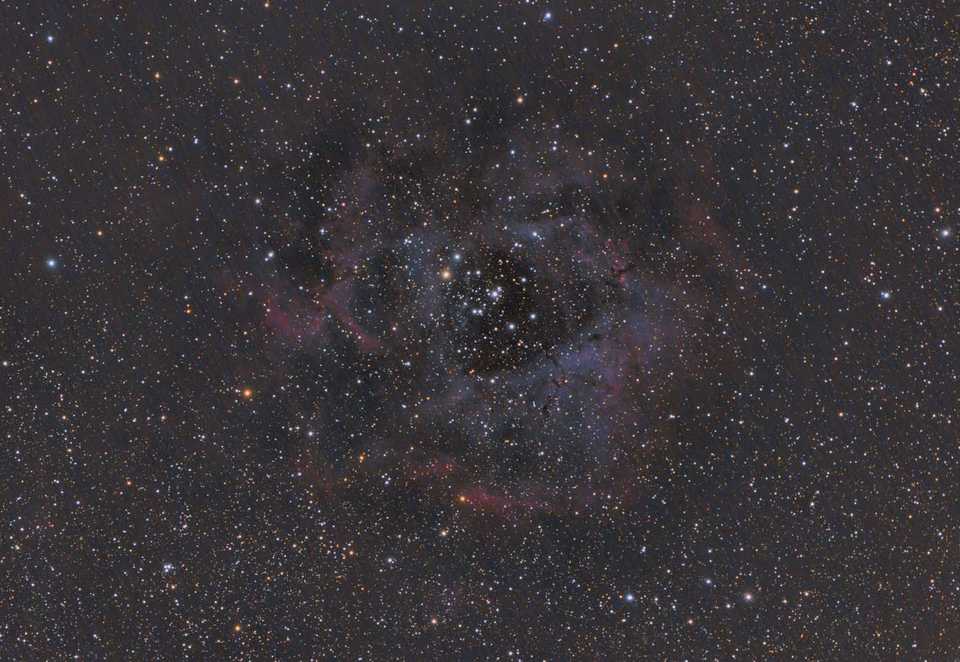Deep Sky at Porteau Cove with the 15" Obsession
I returned from a month-long trip with my partner Maria, circumnavigating the globe with stops in Dubai, Singapore, South Korea, and Japan. In Dubai, we spent 5 nights at Al Maha Resort, a truly spectacular desert oasis with Bedouin-style tents, each featuring a private heated pool overlooking the open desert. I spent many clear nights in the pool sipping the complementary Sherry wine and gazing into the clear night sky, marveling at how high Sirius appeared compared to its usual altitude in Vancouver and thinking about how much easier it would be to split the ever-elusive Sirius B from here. Alas, I wasn’t able to pack a telescope for this trip.
In Japan, our final stop was Tokyo, and I was able to visit Starbase Tokyo, the storefront of Takahashi. Inside was a lineup of lust-worthy refractors, including the massive TOA 150 and a pair of FC-100DFs in binoscope configuration. I purchased the 76mm objective upgrade to fit on my FS-60Q telescope I purchased days earlier in Osaka, yielding 4 telescope configurations: the 60mm f/5.9, the 60mm f/10 with the 1.7X Q extender, the 76mm f/7.5, and the 76mm f/12.6 with the 1.7X Q extender. I also purchased the entire lineup of TOE eyepieces (2.5mm, 3.3mm, and 4mm), which are highly regarded as among the very best planetary eyepieces in production. The prices for Takahashi products are substantially lower than in North America, and I felt very lucky to be able to purchase these telescopes and eyepieces and bring them home with me.


We got home on March 19th and the forecast called for clear skies on March 21st, and so I cajoled Jeff and Sean to observe with me at Porteau Cove, a Bortle 4 sky 30 minutes north of downtown Vancouver. Jeff brought our co-owned 15” Obsession UC for the real “first light” - our first attempt at the same location several months prior was fouled by strong winds that actually knocked over a beautiful Starmaster Dobsonian set up beside us.
When I arrived just past sunset, Jeff was already there with the 15” fully set up. He had collimated the scope but noticed (as did I) some significant astigmatism even at low power through the eyepiece. After another round of collimation, again using the Howie Glatter laser with the Tublug, the stars became pinpoint and it really began to perform.
Alongside the 15” was my 10” Meade and my brand new 3” Takahashi FC76 DCU riding on my AZ-EQ6 mount. Clearly I have an addition to Takahashi refractors, but can you blame me? After I completed the 2-star alignment, I pointed my scopes to Orion nebula and admired the view through my 10” with the 31mm Nagler - the 1 degree field of view is just able to frame most of the nebula. I switched to the 10mm Delos to try and split the E and F stars of the Trapezium but the seeing wasn’t sufficiently steady to see them tonight.
Then I walked over to the 15” and was floored by the view of Orion nebula with Jeff’s 21mm Ethos - intense amounts of texture in the dark dust lanes beside the bright core that I asked Jeff if he was using an OIII filter, and he said no.
In the meantime, Sean set up his equatorial mount with his Televue NP101 for imaging the Rosette nebula. We used my Sony A7 IV but unfortunately realized my camera’s built-in time lapse feature only allows for a maximum of 30 second exposures. I immediately ordered an external intervalometer the next day, but anyway, here’s what the processed image looked like (my first time using Siril!).


I spent most of my night working through the RASC’s finest NGC/Messier list for the spring, punching in the catalog number into my Skywatcher controller and having my scopes slew to their precise coordinates. Although I enjoy star-hopping, when there’s limited time for observing, the Go-To allows me to observe significantly more objects. Some of my favourites of the 20 or so galaxies I observed through the 10” were NGC 4631 (Whale Galaxy) and M101 (Pinwheel galaxy), which showed delicate spirals using averted vision. Although I also used my new 76mm Tak, I was too busy viewing through the other (bigger) scopes to really get to know the scope.
Through the 15”, we observed M51 (Whirlpool Galaxy) - the 2 main spirals were easy to see and the bridge to the companion galaxy was at the cusp of visibility. M81/M82 was a highlight, framed beautifully with the 21mm Ethos and showing more detail in the structure than I had ever seen in my 10”. M82 took higher power beautifully, revealing more of the dust lanes bisecting the core of the galaxy.
The most spectacular object we observed through the 15” was the globular cluster M3, shimmering in an impossibly dense mass of stars. It was the perfect object to end the night with, and we packed up and drove home just before midnight so we could get some sleep before work the next day. I’m delighted by the 15” and can’t wait to use it in the coming months.